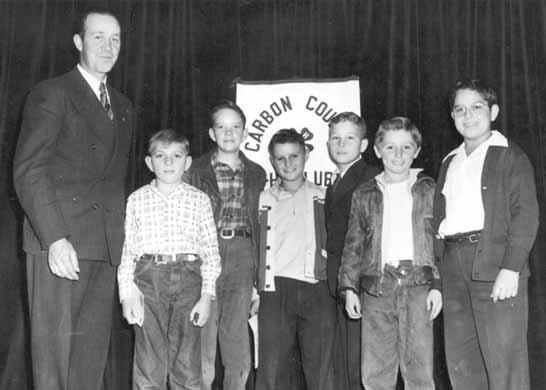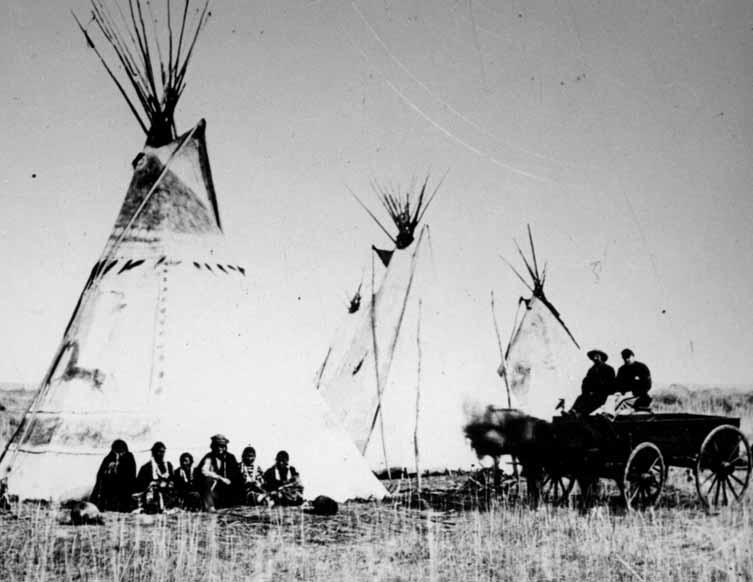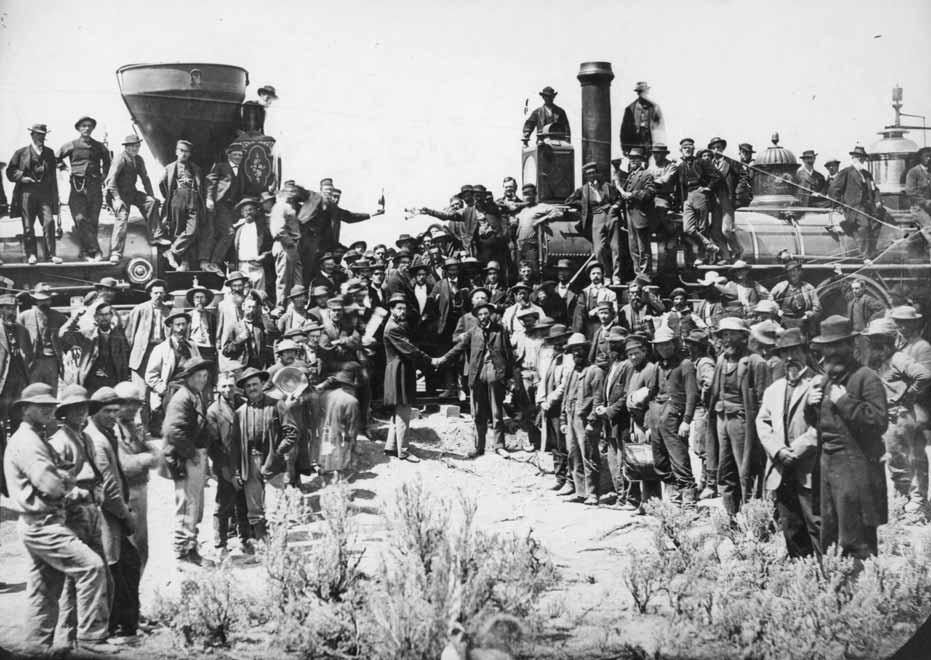
3 minute read
In This Issue
Free roaming buffalo are one of the most enduring symbols of the American West. The sight of vast herds thundering across the plains must have been a never-to-be-forgotten, awe-inspiring sight. As a source for food, fuel, clothing, housing, and many other elements of Native American culture, buffalo were as essential to life as air, water, and soil. Yet within a few decades the buffalo were gone and human existence on the Great Plains was changed forever. But what of the buffalo beyond the plains, especially those in the mountains and valleys of Utah? Our first article for 2004 looks at this question from the time the Utes and Shoshoni acquired the horse, through the fur trapping era of the 1820s and 1830s,to the eve of settlement in 1847.

Randlett 4-H Club girls proudly display dresses they made, Uintah County, 1931.
UTAH STATE UNIVERSITY SPECIAL COLLECTIONS
The description of human relations by historians and other writers is a difficult and almost always an imprecise undertaking. The subtleties of culture, tradition, language, and past experiences mixed in with contemporary perspectives, priorities, and values make the process of writing history an endeavor characterized by individual interpretation—subject to disagreement—especially when the history considers the meeting and interaction of two different peoples and is based almost exclusively on sources from one of the two groups. Such is the case in our second article, one that considers how historians have viewed Mormon-Indian relations in Utah. How historians have chronicled those relations has changed over time and yet the basic questions have remained constant. Did Native Americans in Utah suffer less in their encounters with Mormons than did other Native American peoples in conflicts with other Americans on the western frontier? Did Mormons live up to the Christian principles to which they subscribed and the revelations they accepted that Native Americans were wayward descendants of the House of Israel? And what was the nature of conflict and the measure of accommodation between the two peoples?

Left to right, County Extension Agent, Robert L. Hassell, Kay Harmon, forestry; Bill Oman, gardens; Billy Marston, gardens; Frank Blackham, crops; Clyde Best, soil conservation; Joe Bonnacci, gardens, Carbon County 4-H Club winners.
UTAH STATE UNIVERSITY SPECIAL COLLECTIONS
From historiography to celebrations, our third article looks at the commemoration of one of the most important events in American history— the completion of the transcontinental railroad at Promontory Summit on May 10,1869.The event brought dignitaries from California, Nevada, and the East though not without considerable difficulty and danger as logs threatened to derail the Central Pacific train bringing officials from Sacramento and, in southwestern Wyoming, menacing unpaid workers seized Union Pacific Vice President Thomas C. Durant and held him hostage for two days until the strikers were paid. All in all, it is worth considering the story behind the driving of the Golden Spike on a wind-swept summit in northern Utah and the “Wedding of the Rails” that occurred when the Jupiter and Engine #119 inched closer together until photographers immortalized the event in one of the world’s most famous and celebratory nineteenth century photographs. Celebrations have always been a high point of Utah life, but leave it to children to turn work into recreation. Such is the conclusion of our final article as it explains how rural children remodeled 4-H,a government sponsored children’s club designed to provide vocational training primarily in farming and housekeeping, into an institution during the middle decades of the twentieth century where its adolescent constituents saw “the tools of work as playthings and the stuff of work as recreation.” Read this delightful article and see if there are not still lessons to be learned in how to turn daily toil into amusement and recreation.






